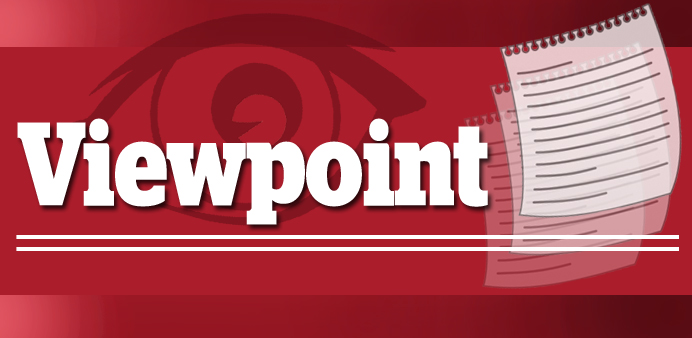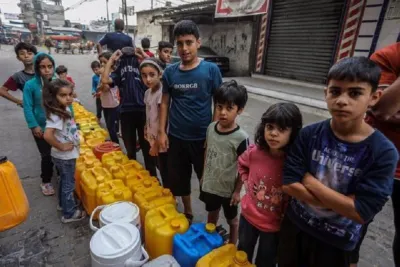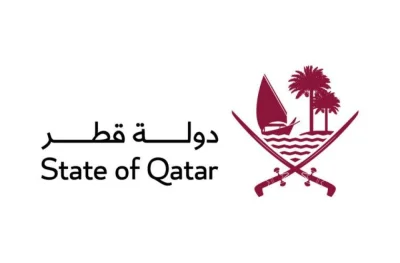The humanitarian crisis on the southern shores of Europe isn’t new - more than 22,000 people have died trying to cross the Mediterranean since 2000. But we now appear to be seeing a sharp increase in the numbers attempting the perilous crossing, with the result that more people than ever are dying.
It’s all too easy to forget that they are human beings. Many of those making the crossing are children. Yet the media and politicians describe them not “people” but “migrants”. Such language has the effect of making them seem less human. A problem without a solution. Europeans have failed these people again and again, and they desperately need to rethink our approach.
EU leaders are doing something now they should have done months ago: They’re mapping a strategy to counter the crisis at sea - a steady flow of rickety boats carrying thousands of mostly African and Middle Eastern refugees across the Mediterranean to Europe. So far this year, more than 1,725 people have perished, including as many as 850 in a single incident over the weekend, many of whom smugglers had locked in a hold before the ship capsized.
Migration experts and human rights advocates have warned that this year’s toll could be even higher than last year’s 3,279 deaths because of continuing instability in Syria, Sudan and other countries in the Middle East and Africa. The problem is magnified dramatically because human traffickers work with impunity in Libya, and because of scaled-back European rescue patrols.
Then there’s the fact that anti-immigration sentiments and beleaguered budgets have made European countries disinclined to take in any more refugees than absolutely necessary, and the belief that rescuing migrants at sea just encourages more to make the trip. The latter is clearly not the case, though. In November, Italy shut down its yearlong Mare Nostrum project, in which navy ships and aircraft patrolling within a few miles of the Libyan coast rescued about 150,000 people. The International Organisation for Migration estimates that the flow of migrants this year is about the same as at this point last year, but that the absence of the Italian rescue programme has led to a 30-fold increase in deaths.
A 10-point plan announced on Monday by European Union foreign and interior ministers suggests Europe might finally be moving beyond politics and pursuing a multi-pronged approach to confronting the crisis. The plan calls for more aggressive efforts to intercept migrant boats closer to Libya, disrupt smuggling operations and streamline refugee application processes, among other steps. Critics say the proposal falls short because it reprises previous strategies to confront the crisis of the moment without addressing root causes such as inadequate European asylum and refugee programmes or the persistent instability in the Middle East and sub-Saharan Africa.
Stabilising countries in economic, political and military turmoil, though, is an enormous task that takes not only vast resources and a lot of luck but also time, which is one thing desperate people on rafts and rickety boats don’t have much of. Whether these steps will save lives is, of course, hard to predict. But it’s promising at least that the European nations may finally be rising to a challenge they knew was coming.



